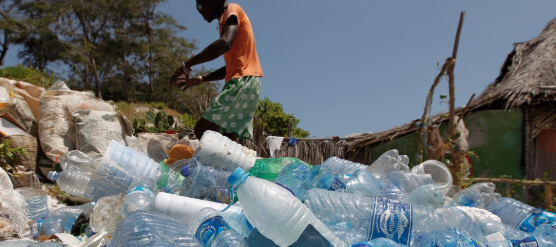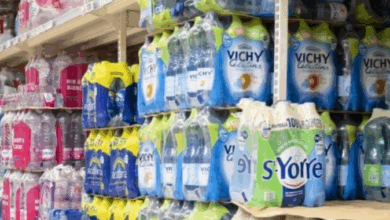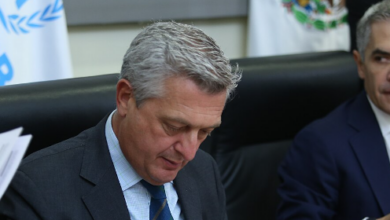UN Experts Call for Human Rights Integration in Global Plastics Treaty Amid Rising Pollution Crisis

UN experts emphasize the necessity of integrating human rights into the global plastics treaty, highlighting accountability for plastic pollution and the urgent need for action against rising plastic levels.
The United Nations human rights experts underscored the critical need to embed human rights considerations into the forthcoming global treaty addressing plastic pollution. With humanity producing over 460 million metric tonnes of plastic annually—half of which is designed for single use—experts warned against shifting the burden of responsibility to developing nations that may lack the necessary resources to manage plastic waste effectively.
UN Secretary-General António Guterres has previously cautioned that by 2050, the oceans could contain more plastic than fish. In light of this, the experts called upon nations and corporations involved in plastic production to acknowledge their human rights impacts, as pollution from plastic production and disposal poses significant threats to fundamental human rights.
The proposed treaty must ensure transparency about the chemicals used in plastics and pollutants released at each stage of production. Experts advocated for proactive measures to prevent pollution through improved product design and stringent chemical controls. Additionally, they proposed establishing a mandatory global fund financed by producers to uphold the polluter-pays principle, supporting developing nations in waste management and pollution cleanup efforts.
A human rights-based approach is essential, particularly for communities disproportionately affected by plastic pollution, such as waste pickers who play a vital role in recycling. The experts concluded that a collaborative international effort is vital to combat plastic pollution and safeguard vulnerable communities from its detrimental effects.
In a related development, a study by The Ocean Cleanup revealed alarming increases in plastic pollution within the North Pacific Garbage Patch, with plastic fragments rising from 2.9 kg/km² to 14.2 kg/km² between 2015 and 2022. This surge primarily stems from new plastic debris entering the ocean, rather than the breakdown of larger plastics, emphasizing the urgent need for global intervention to address this escalating crisis.





